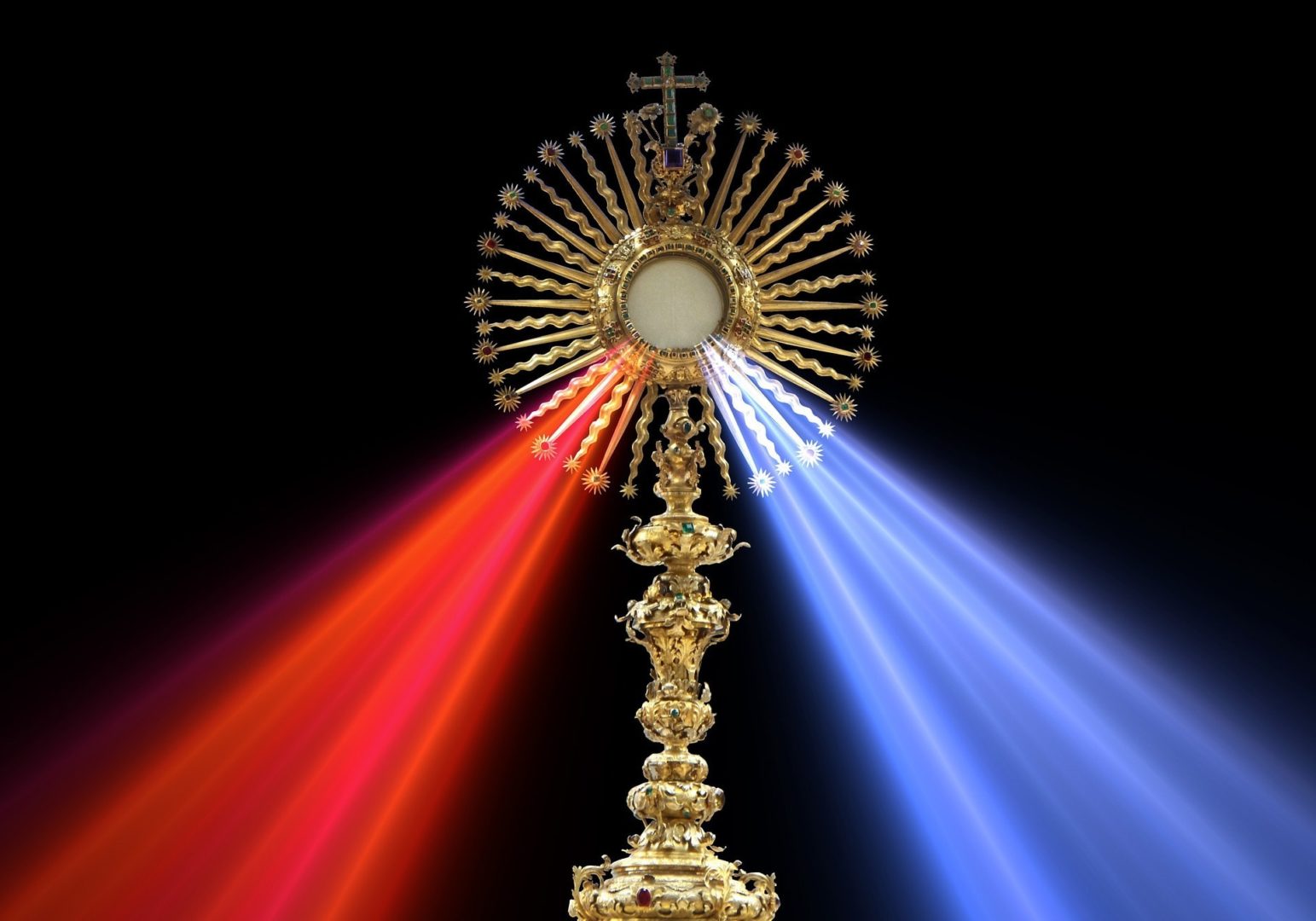Fr. Spitzer’s Homilies: John 6 Commentary
Share this article, via:

“No one can come to me unless the Father who sent me draws him; and I will raise him up at the last day. 45 It is written in the prophets, `And they shall all be taught by God.’ Every one who has heard and learned from the Father comes to me. 46 Not that any one has seen the Father except him who is from God; he has seen the Father. 47 Truly, truly, I say to you, he who believes has eternal life. 48 I am the bread of life. 49 Your fathers ate the manna in the wilderness, and they died. 50 This is the bread which comes down from heaven, that a man may eat of it and not die. 51 I am the living bread which came down from heaven; if any one eats of this bread, he will live for ever; and the bread which I shall give for the life of the world is my flesh.” – John 6:44-51
Well, we are continuing this great Eucharistic discourse from John 6, and we can see, now Jesus is layering this Eucharistic theology. There are additional strands that he’s putting on it.
John’s Gospel gives us a lot of beautiful metaphors for Jesus, right? So Jesus says, “I am the bread of life. I am the bread that comes down from heaven.” All these metaphors are ‘complemented.’ “I am the vine. You are the branches.” Jesus is the vine that holds everybody together in this new church, and then, of course, “I am the light of the world.” So we begin to see this, again, the proliferation of these important metaphors. But all of them are interrelated with one another. The light, of course, is appealing to the mind and to the heart. It’s the light of inspiration.
And, of course, we know that the vine is the body of Jesus, that is literally holding together the Church.
John 6 Commentary: What does it mean that Jesus is the Bread of Life?
We know that Jesus is giving the Bread of Life, which, of course, is the Eucharistic image, because Jesus is the Bread of Heaven, and he’s connecting it with, “My flesh that will be given for the life of the world,” which is connected with eternal life.
And, of course, there are all these Eucharistic images that are all just thrown together. So, “I am the bread,” and Jesus tells us how we are to interpret this bread that He is giving. He is the bread that comes down from heaven, so it’s Divine Bread. He is Divine Bread. He Himself is the divine substance, as it were, that we are going to take into ourselves.
And that Bread is His flesh, that’s going to be given on the cross for the life of the world, which is at once going to give us eternal life.
We’ve got this incredible image of, “I am the bread of life. I am the bread that comes down from heaven. I am the bread, which is my flesh given for the life of the world. I am the bread that whoever eats this bread, will live forever.” This image of bread is just like … totally thick with the entirety of Eucharistic theology.

John 6 Commentary: Catholics vs. Protestants
About two days ago, I was talking about my good Protestant friends, some of whom do not believe in the real presence of Jesus in the Eucharist. But, as I said, you simply cannot read this Eucharistic discourse and come up with any other interpretation.
How can you come up with an interpretation that says that this is not the real Body and Blood of Christ?
How can you say that this Bread is not Jesus, while He’s identifying Himself with this? How can you say that this is not the Real Presence of Jesus, and the real Flesh and Blood given on the cross, when He’s saying right there, “I am. I am. I am.”
You can’t get more precise than that.
And how can you say that this is not going to be the vehicle, the most perfect vehicle, for salvation, for life eternal, for the grace that we need to remain in the kingdom of heaven, and to be integrated fully into the mystical body of Christ? I don’t know how you can say it.
I don’t know how it could be stated any more clearly than we get in the Gospel of John.
And that’s why I say to my friends, “I’ve just got to ask you one question. How do you read John 6? How do you do that, and come out with your interpretation? Because all I can say, is, that interpretation goes contrary to the entire literal sense of the text, the figurative sense of the text, the fuller sense of the text. I just can’t see it. And so, of course, good luck. You have your view, I have my view, but I’m right.”
And, of course, because I think John’s right.
Because, of course, Jesus actually made this clear.
Amen.
Listen to Fr. Spitzer’s full homily here.
Web development by JP Creative Group


